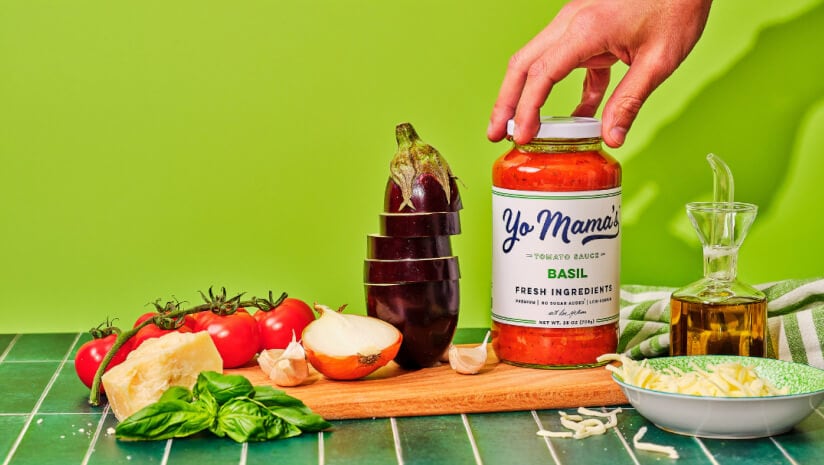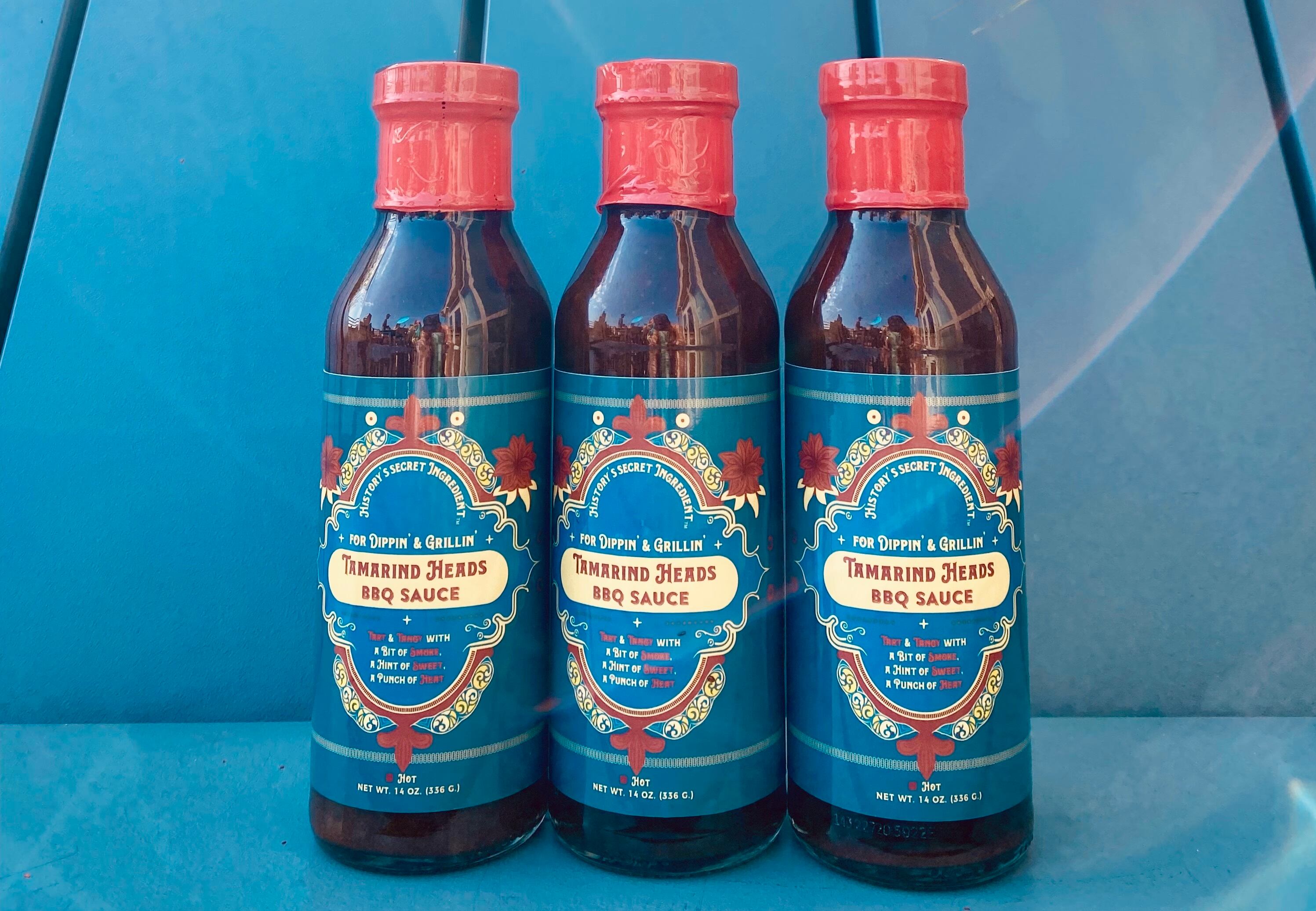The founder of the startup Pancibus is not just creating a new condiment with the launch of Chalsa, which is a mashup of chutney and salsa, he also is testing a new playbook to protect his young brand from competitors and implementing an “asset light” business model for rapid growth.
“The conventional way to think of a product like mine is that you want to just grow the grocery store route, and that is what nine out of 10 brands usually do, or food service,” but “I want to turn that on its head and think unconventionally,” Pancibus Founder Thomas Penaherrera said.
This includes trademarking the Chalsa name, a step that many food and beverage companies skip, but which Penaherrera said will help protect the brand’s “unique identity that resonates with the consumer base” and give him another angle to build his business.
He explained trademarking Chalsa should block other companies from commercializing the brand name and undercutting its market share, which he said will protect Chalsa from suffering the same fate as sriracha inventor Huy Fong Foods, which did not trademark the condiment name and now must compete against dozens of versions of its sauce using its name from different manufacturers.
Licensing brand sidesteps early-stage scaling challenges
With Chalsa’s trademark in place, Penaherrera is exploring another unconventional business building option for food: licensing production to a larger multinational brand that could quickly scale production in exchange for royalties of 3% to 5%.
“At first it would be to find another brand that fits our credo, our mission, where they are able to operate in a region that obviously fits Chalsa itself,” he explained. “But this will serve as our asset light model” because Pancibus would not need to build out a production facility or contract with a co-packer for long-term manufacturing.
Any partner would need to adhere to tight quality standards in order to protect Chalsa’s reputation, said Penaherrera.
“We pride ourselves on our ingredient statement. So, literally, all fruit is natural. There are no additives. Everything is literally pure in the product. The way we control that is we keep production in house, but once we do find a partner, that is one of the stipulations and prerequisites that we would obviously ask them to adhere to before making any kind of formal agreement,” Penaherra said, adding, “Our customers themselves love that of our product, that it’s clean ingredients of integrity.”
AI recipe generator educates consumers to build fanbase and boost licensing appeal
To boost the appeal of licensing Chalsa, Penaherrera simultaneously is building a fanbase for the condiment through more traditional distribution at about 20 retail locations and via direct-to-consumer.
He also is educating consumers about its diverse flavor profiles, including original, mango pineapple, mango peach and mango kiwi, as well as its versatile uses as a simmer sauce, marinade, cooking base and even a dip with the help of a proprietary AI recipe generator on its webpage.
More advice from founders for founders
Catchup on advice from the weekly Startup Spotlight series, featuring advice from founders for founders.
- The total package: When fitting in is better than sticking out - US-based and category-creating startup Pastzerts shares tip s to perfect packaging that quickly explains to consumers how to use a new product and its benefits while also maximizing shelf space and meeting retail buyers' needs.
- Voyager Milk: Sidestep slotting fees with distribution in nontraditional channels - Slotting fees at traditional grocery stores are a common stumbling block for e merging brands with limited capital, but the founders of toddler milk startup Voyager Milk discovered it could dodge these expenses without compromising distribution by working with non-traditional outlets.
- TruJoy Yogurt reveals what retailers want for shelf space, how digital sampling helps - The end-consumer is the center of the universe for most entrepreneurs, but as the founder of the frozen dessert startup TruJoy Yogurt notes, emerging brands seeking shelf space in stores also need to know how stocking their products benefits retailers.
- Bezi: Retail is the 'best billboard you can have' - Bezi's retail-first strategy and in-house di stribution allow the labneh brand to keep costs low, quickly measure velocity and fine-tune their approach with their New York city retail customers.
“You can literally go to our website. On the bottom right is an orange box, and you click it, what can I make with chalsa? Today, I want a Thanksgiving stuffing recipe, it will literally return that. If I want to create a crostini recipe, it will return that. Or just a basic huevos rancheros, it will return that. So, we are incorporating technology to educate our customer base that the product could be used on anything,” Penaherrera said.
“We are cuisine agnostic. Chalsa can be used on eggs, on poultry, on starches, and that is really the magic of the product itself, that can be used across the different cooking spectrum,” he added. “I make a joke that people who don’t like flavor are the ones who can’t eat it.”


